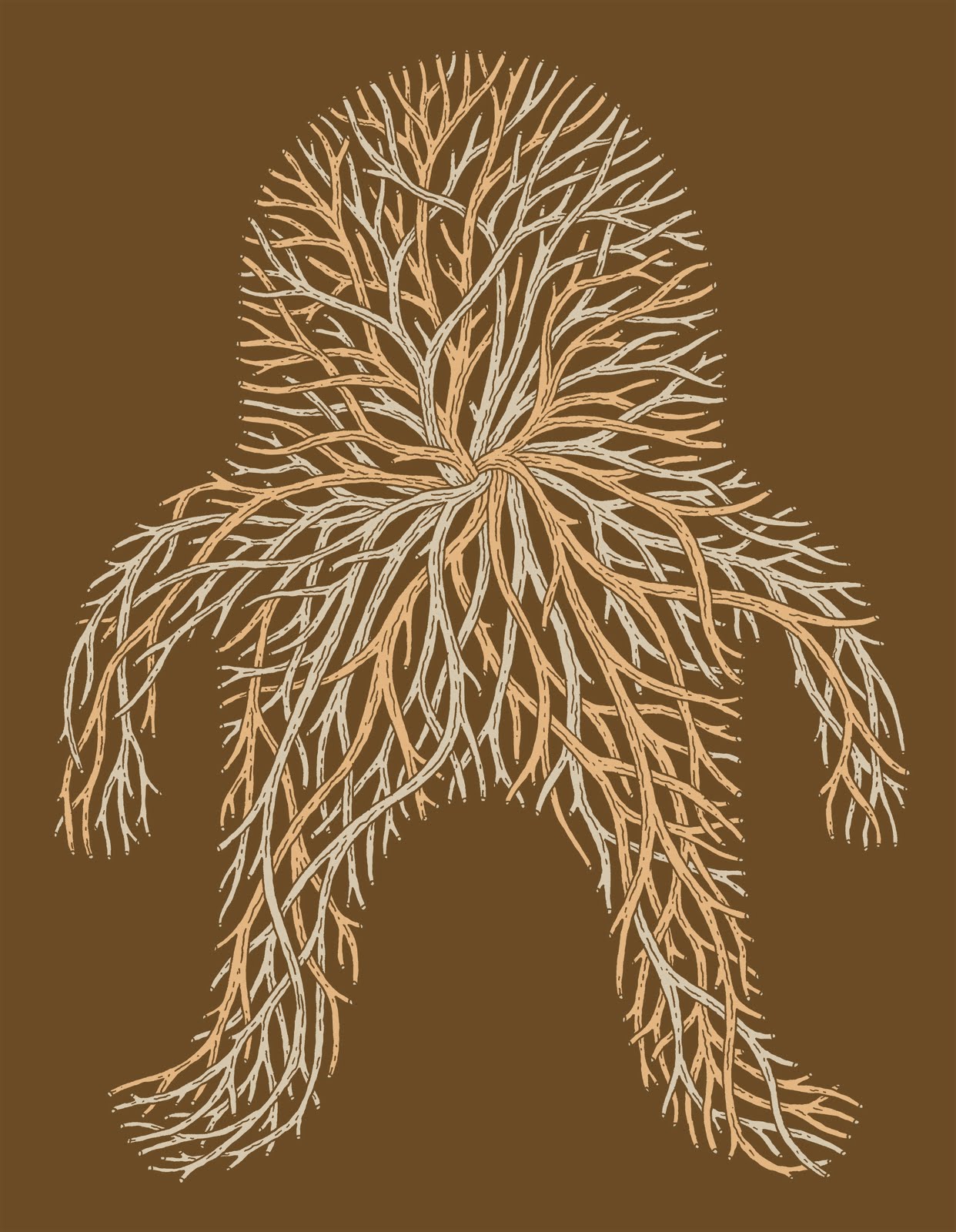
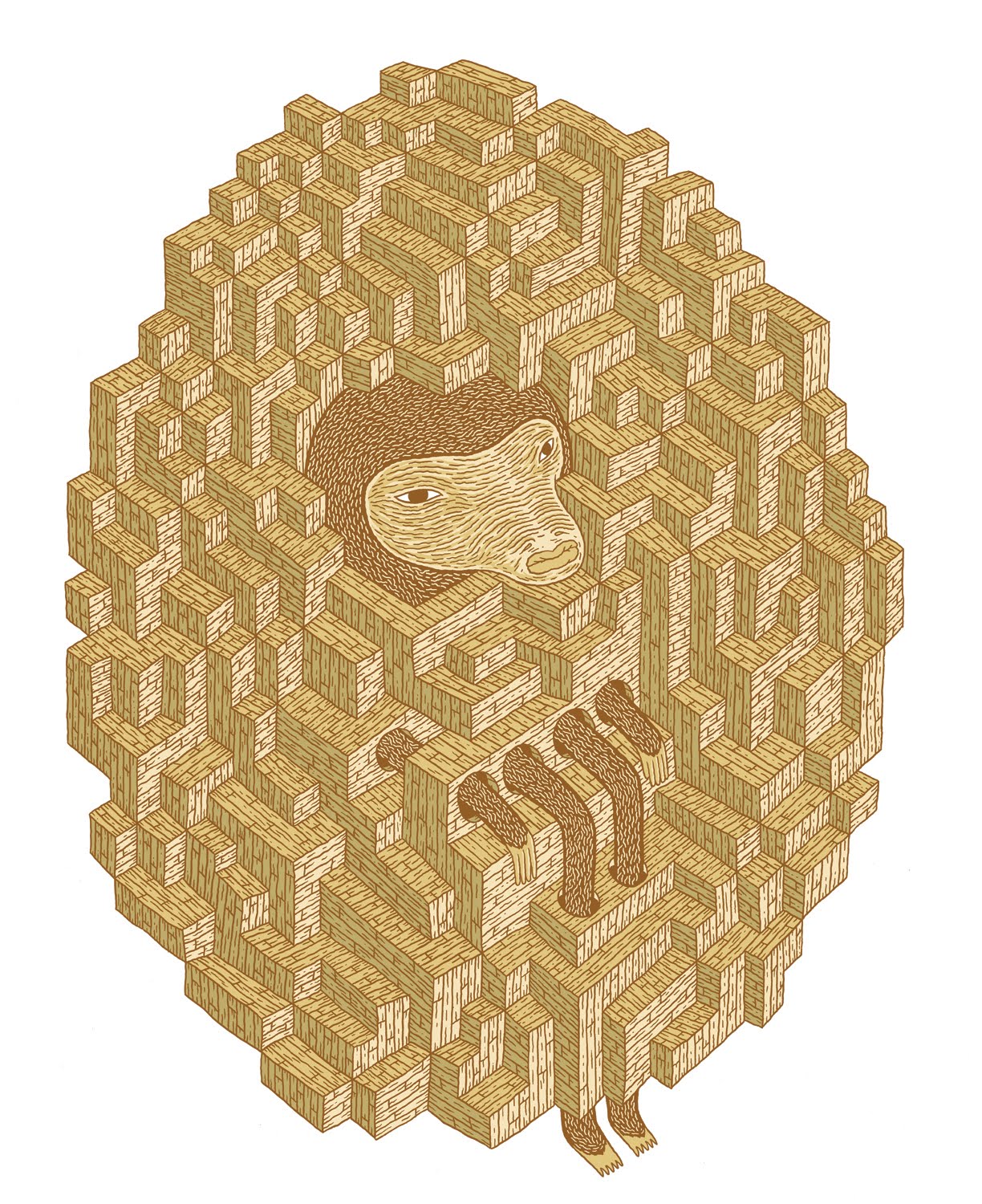


The natural world and the otherworldly converge in strange and beautiful ways in the comics of Canadian artist Jesse Jacobs. We caught up with Jesse to ask him about comics, the great outdoors, and his forthcoming book “Even The Giants”.
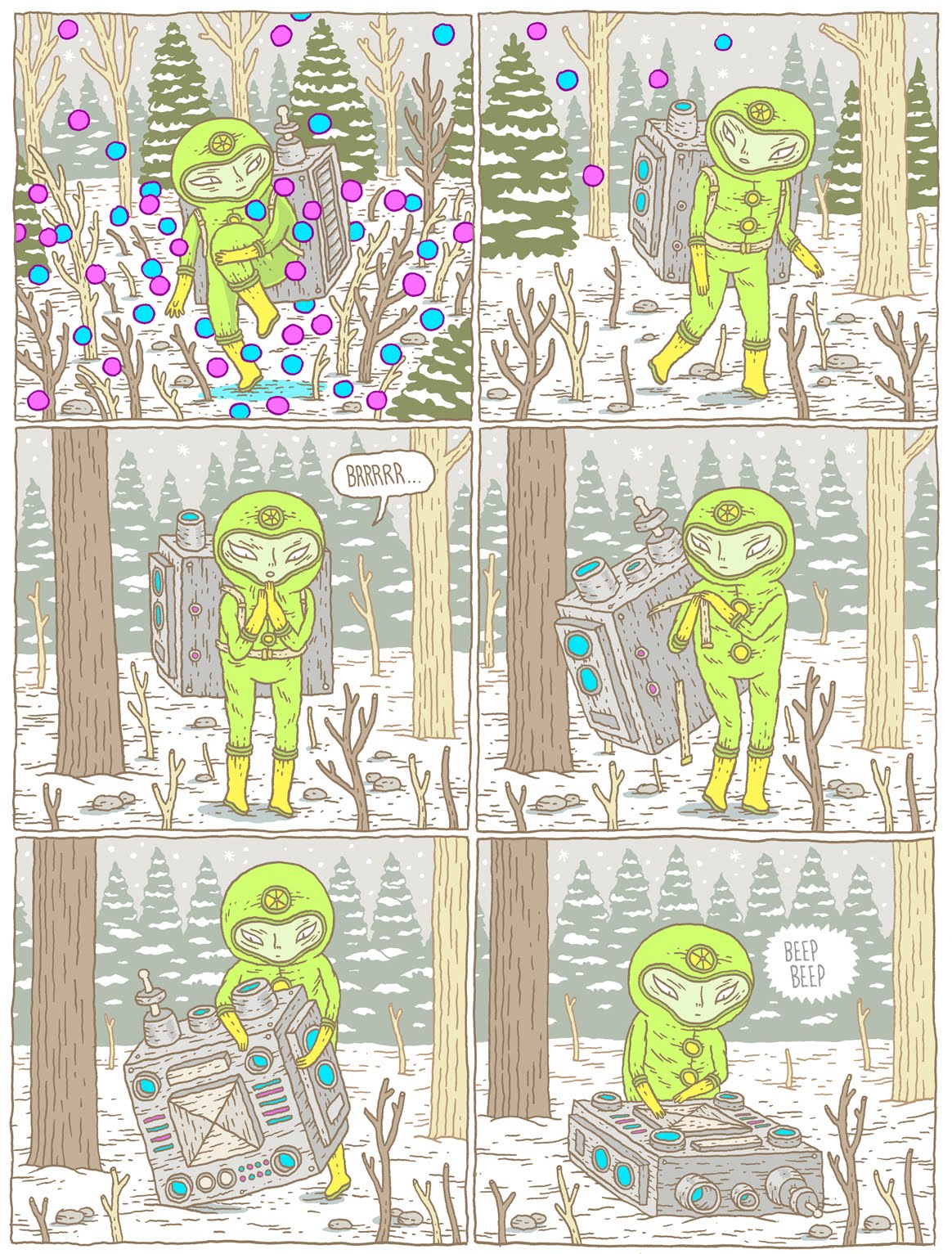
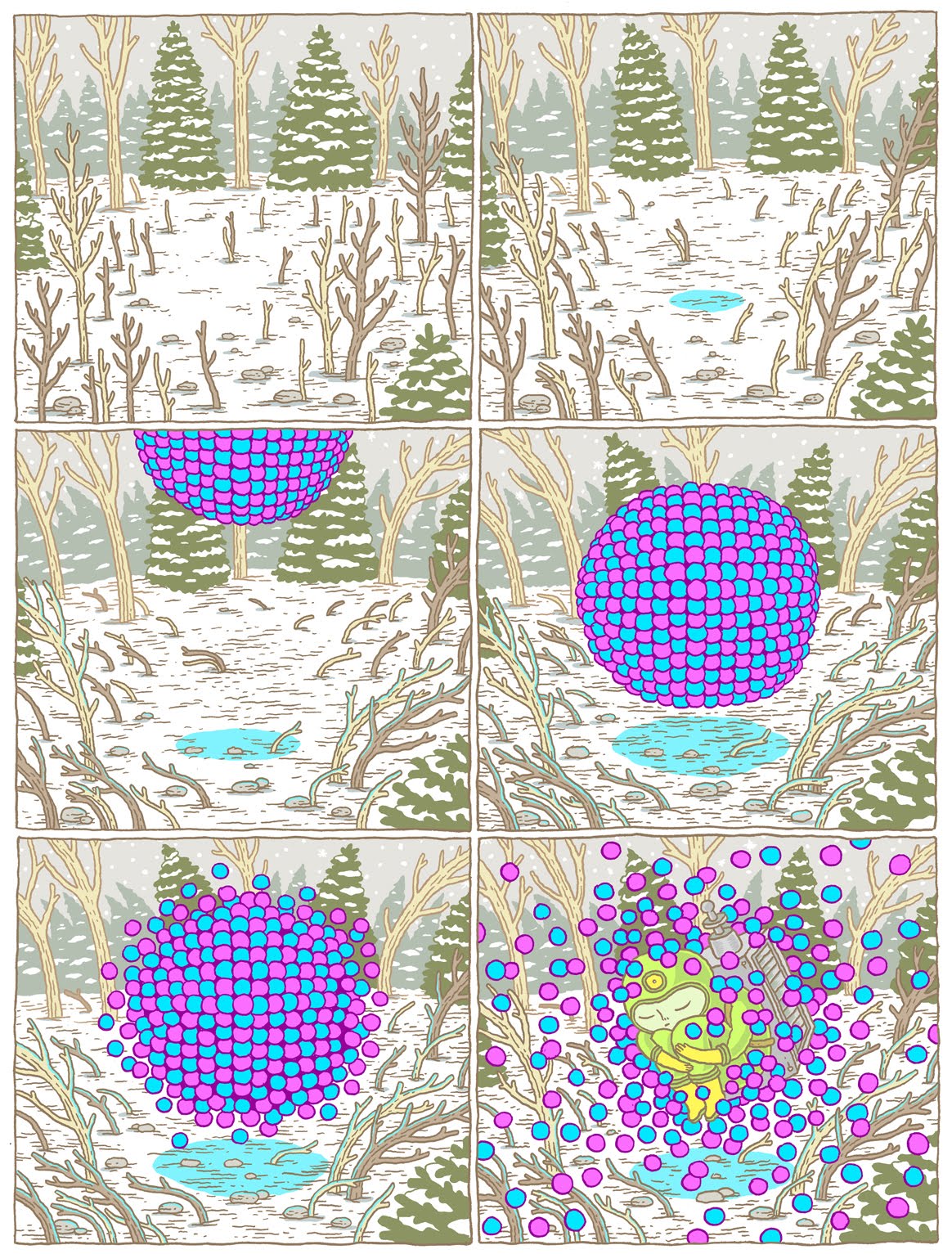
Though you’ve been known to design t-shirts, skateboard graphics, and illustrations, the bulk of your work is in comics. What is it about comics that attracts you more than other mediums?
JESSE JACOBS: My artwork has grown out of a lifelong interest in all forms narrative. Even in a lot of my non-comics work I tend to attempt to suggest some sort of larger story. Although it doesn’t come nearly as easy to me, I enjoy writing almost as much as I enjoy drawing. There is so much potential to do all sorts of interesting things in comics and I feel I have a lot further to go with them. That’s really exciting for an artist. I like the process and all of the facets of creating comics.
The process really allows one to stretch a lot of different creative muscles.Comics are what I’m most comfortable with using to express my ideas. I actually prefer reading novels to reading most comics, but I think that’s due to the fact that comics is still such a new medium. Though in the last few years I think there has been breakthroughs by brilliant artists who really illustrate the literary merit of comics. It’s exciting to be working in a medium with so much potential.
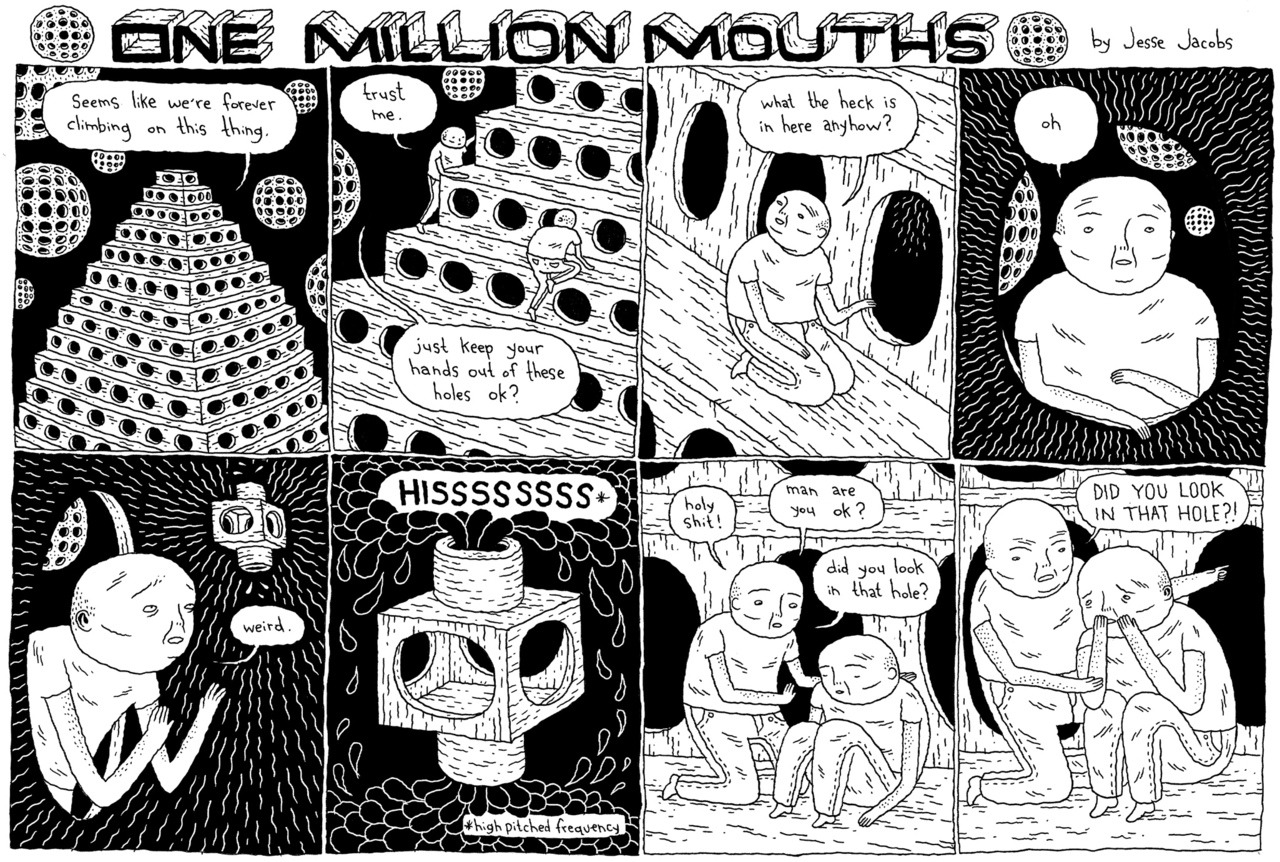
Nature and science-fiction are two very contrasting themes and aesthetics that crop up recurrently in your comics. Can you tell us more about the themes you explore in your work?
JJ: I’ve always enjoyed drawing robots and aliens and futuristic things. I guess it’s just taking me a bit longer to get that out of my system. I’m a huge Star Trek fan and believe that the science fiction genre is often misunderstood, and probably for good reason. A lot of sci-fi storylines are pretty weak metaphors for present day situations and have a tendency to come off hackneyed. For this reason, I think a lot of serious writers stay away from science fiction. Margaret Atwood writes fantastic science fiction books but she refuses to recognize they are science-fiction books. When it’s done well it’s a great framework to tell a story.
Primarily, for me, it’s an aesthetic preference. Science fiction allows the freedom to draw pretty much any nutty thing that could someday possibly exist or already exist in some other dimension and I often use it as an exploration in drawing. I haven’t yet done what I would consider a good sci-fi comic but perhaps some day I will attempt it. I’m also a huge western fan but I’m terrible at drawing horses and cowboys.
The same can be said for my interest in depicting nature. I have a lot of fun drawing plants and trees and animals. I also have a lot of fun being in nature. My dog loves to run around in the woods, which is great because getting out in nature becomes a necessity. If she doesn’t burn some energy she get’s kind of squirrely. Having a dog has been really good for me; I need to have an animal around. I spend large amounts time by myself drawing comics and she keeps me company and also forces me to get out for walks and exercise. Sometimes I take a sketchbook with me and draw and that practice has made it’s way into my comics.
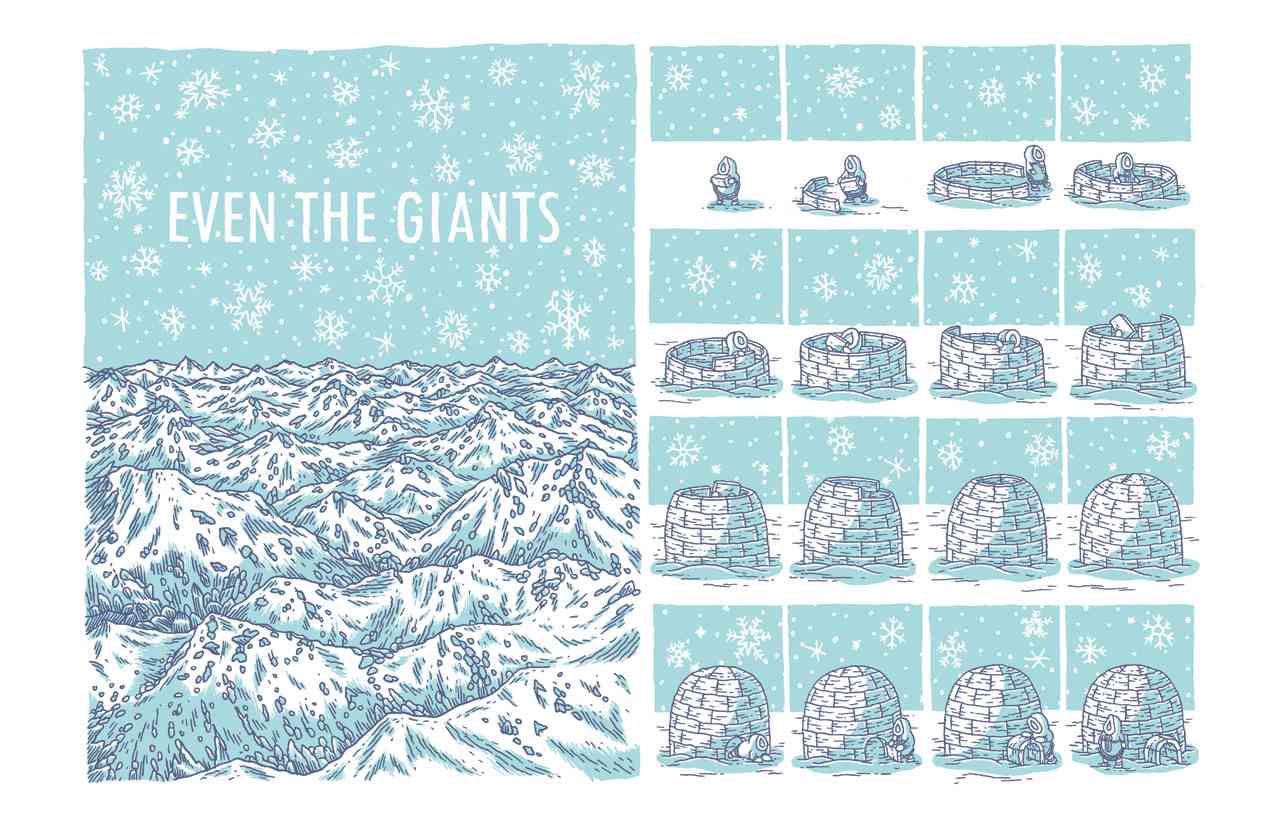
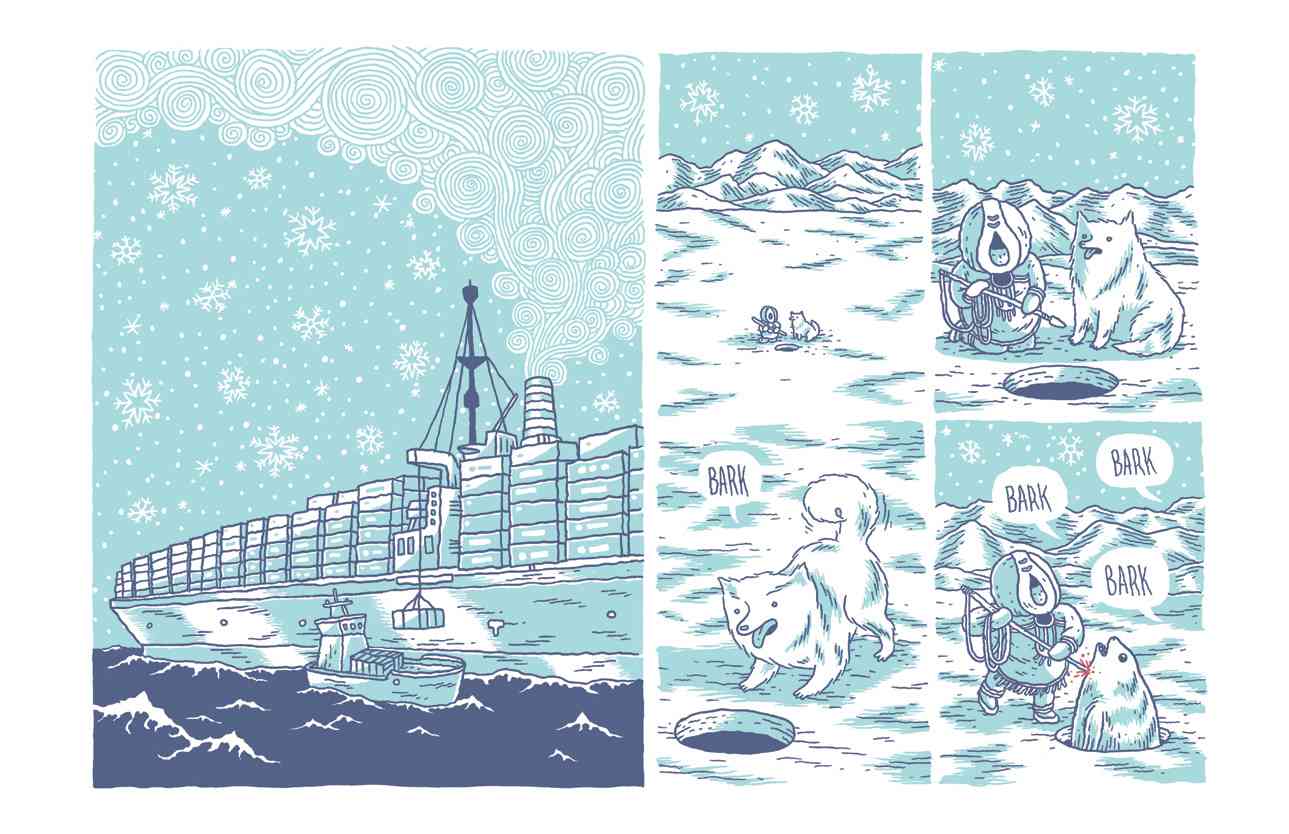
You recently previewed panels from an upcoming comic featuring embracing arctic monsters and flying Inuit over an almost lunar landscape. The images are amazing! Can you tell more bout this project?
JJ: Those were excerpts from my new book that ought to be out sometime early next year (2011). It’s a culmination of both styles of my comic work. The book will feature some of my One Million Mouths one-page strips peppered throughout a longer loose narrative featuring two giants in love walking around the arctic and doing weird things. It’ll be closer to my Small Victories book than any of my other work.
It’s being published by AdHouse Books, and will be the first book I’ve done that I haven’t released on my own. I’m really excited about that.